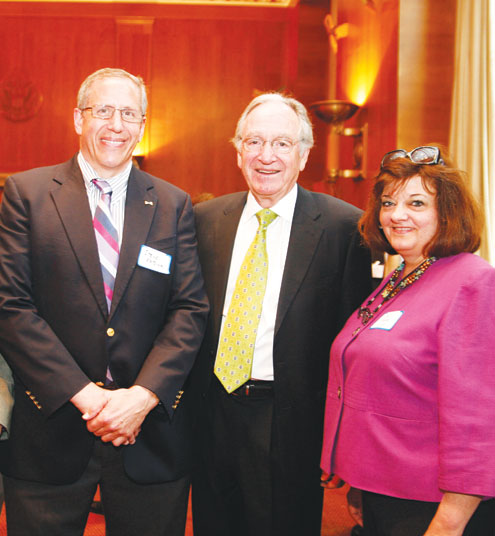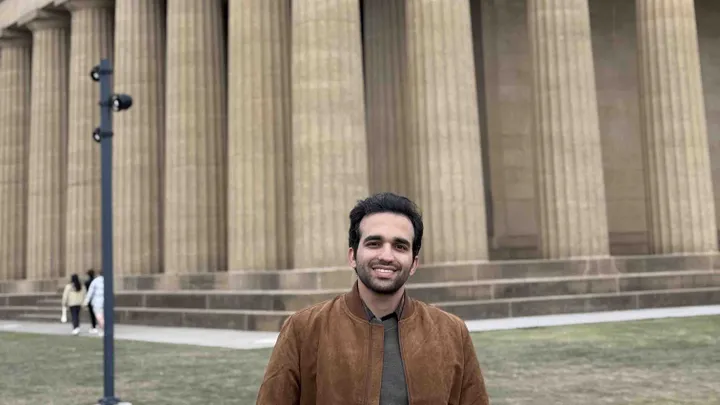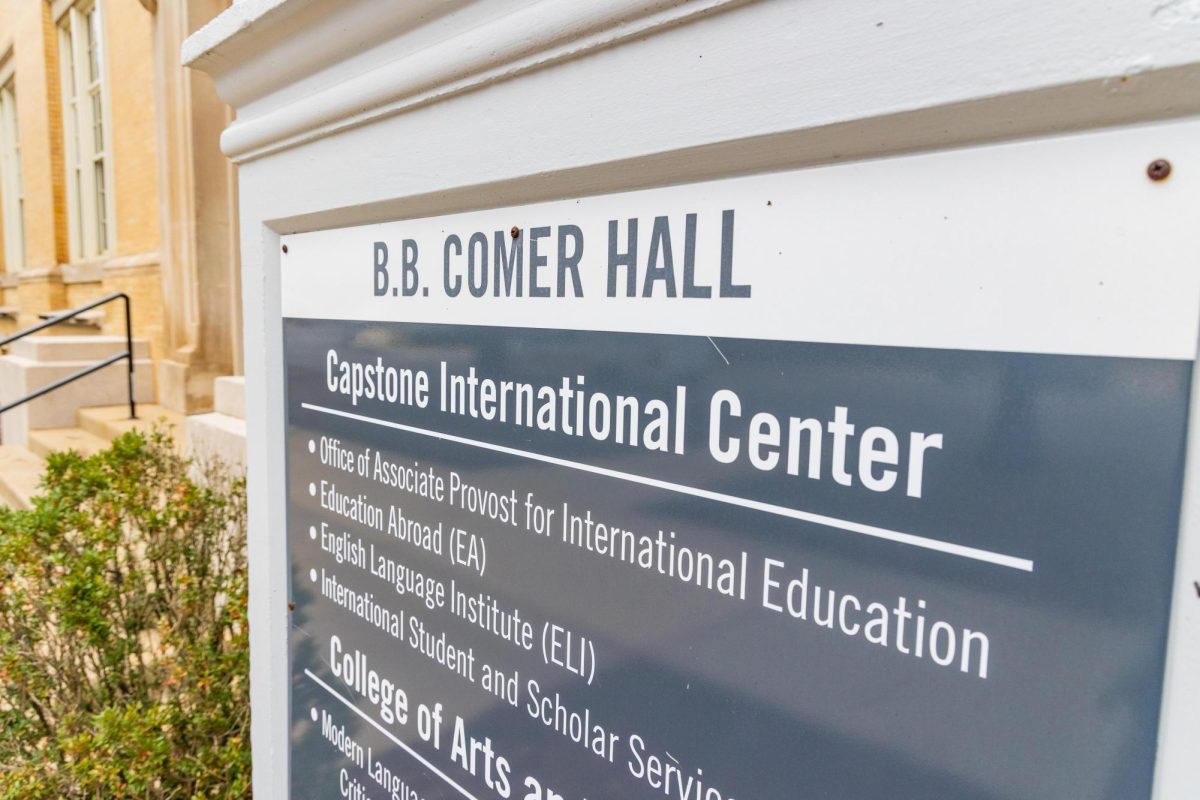Stephen Katsinas, director of the Education Policy Center and professor of higher education administration, visited Washington, D.C. in early March to discuss the importance of rural community colleges and Pell Grant funding’s crucial role in the 3.3 million students’ enrollment in these institutions.
The White House domestic policy issues staff invited the Rural Community College Alliance to present information on community colleges’ significance, and the agency in turn asked Katsinas to speak on studies the Education Policy Center recently conducted in conjunction with researchers from Iowa State and Mississippi State Universities, among others.
During his three days in Washington, Katsinas spoke to the domestic policies issues staff; staff of the Senate Committee on Health, Education, Labor and Pensions; and the Department of Agriculture.
“The Obama administration is clearly interested in using rural community colleges as critical intermediaries to lift up rural America,” Katsinas said.
Katsinas believes rural community colleges are critical to the economic and social development of place-based regional innovation, in Alabama and the rest of the nation.
“Rural community colleges serve more first-time, full-time students than their urban and suburban counterparts,” he said. “They are tools of social uplift and economic development.”
“The role of community colleges is vital in rural America,” said Randy Smith, RCCA president. “In many cases, rural institutions are the only access rural students have to higher education.”
According to one of the Education Policy Center studies prepared for D.C. officials, the nation’s 553 rural institutions constitute 38 percent of all community college enrollments. They award 43 percent of associate’s degrees, including more diplomas in science, technology and engineering than urban and suburban community colleges.
Despite their importance to the local, state and national development, state funding for community colleges has been significantly reduced in recent years. State budget cuts in 2003, 2009, 2010 and 2011 have forced tuition prices up while pushing student assistance down. Katsinas said this price dynamic makes it difficult to predict cost of attendance for two to four years of college education.
“That really makes it hard on the low income families to plan, when the target is moving,” he said.
These decreases in state funding have created the need for Pell Grants to pick up the slack.
“In states like Alabama that have limited state funding for higher education,” Katsinas said, “the Pell Grant program is in effect the de facto state student aid program, so therefore, how Pell goes has a lot to do with how opportunities for low-income students are extended in our state.”
The UA studies show how increases in federal Pell funding since 2007, after two decades of stagnation, have expanded opportunities, especially in rural community colleges. The February state-wide study of Kansas shows that between fall 2008 and fall 2010, Pell spending awards for Kansas community colleges grew from $20.5 to $40.4 million, increasing Kansas’ community college head count by 12 percent and full-time equivalent enrollment by 16 percent. With increased Pell funding, as Katsinas puts it, “by definition more students are taking more credit hours.”
According to Smith, no one has put in more hours of research on the subject than Katsinas — his nationally recognized expertise is the reason Smith asked Katsinas to lead the White House presentations.
“Dr. Katsinas has been the preeminent researcher for rural community colleges for years,” Smith said. “We’re really grateful for the amount of research he has put in — more than any other person.”
Smith said higher education researchers largely overlook community colleges, especially those in rural communities. For Katsinas, though, study of the institutions is a passion, one that has rubbed off on those around him.
“This isn’t even something in my major,” said Rebecca Midkiff, a senior majoring in civil engineering and student assistant in the Education Policy Center, who helped conduct the study. “But through all my work in these research studies, I really see that this is an important issue.”
Katsinas first began his study of community college issues between 1985 and 1987, during his initial stint of professorship at the University. During this time, he visited every community college in the state and was inspired by the defining characteristics he found, both the positive and the negative.
“When I made the visits in the mid-80s, every single one of the 20 technical colleges had a program in textiles that was training women for careers as seamstresses in a textile industry that no longer existed,” he said. “Many of these students were taking out loans. Something got in the craw of my stomach, and it’s been there ever since. Those programs no longer exist in the system, and it’s much stronger now than in my first stint here.”









